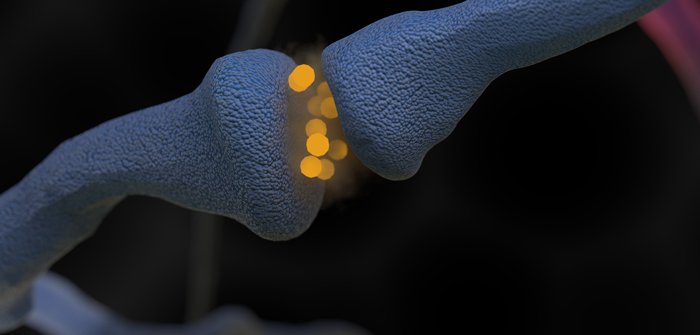Shining new light on halting the progression of Alzheimer’s Disease

A light that is barely visible to the human eye could be the key to stopping the terrible effects of Alzheimer’s.
A new study from The University of Texas Medical Branch at Galveston shows that using near infrared light on the heads of mice can effectively reduce vulnerability to the damaging effects of a toxic chemical in the brain known to be involved with the onset of Alzheimer’s. This data is detailed in Scientific Reports.
UTMB researchers have previously found evidence that amyloid beta protein pieces may underlie the early stages of Alzheimer’s. These proteins disrupt the communication between brain cells, driving the first noticeable cognitive deficits. So, preventing this dysfunction within the brain would be an effective therapeutic strategy for the disease.
“Our findings provide evidence that near infrared light can make the brain more resistant to the damaging effects of amyloid beta,” said senior author Giulio Taglialatela, neurology professor and director of the Mitchell Center for Neurodegenerative Diseases at UTMB. “Near infrared light therapy increases the health of the points of connection between brain cells, thus decreasing the susceptibility to the toxic proteins.”
In this study, the researchers shined a near infrared LED light for up to 90 seconds a day, five days per week for a month on the heads of regular mice and a separate group of mice that were genetically engineered to have brain abnormalities seen in Alzheimer’s. They found that the toxic proteins wreaked less havoc on all of the light-treated mice compared with the genetically engineered Alzheimer’s-like mice.
“We looked closely at the ability of the near infrared light to mitigate the toxic binding of amyloid beta to the points of communication between brain cells,” said Michele Comerota, doctoral candidate in neuroscience.
“Preventing the toxic chemical from taking hold in the brain may serve as a new means of protecting against Alzheimer’s,” said Balaji Krishnan, assistant professor in the department of neurology.
This study was supported by the National Institutes of Health and the Amon Carter Foundation.



